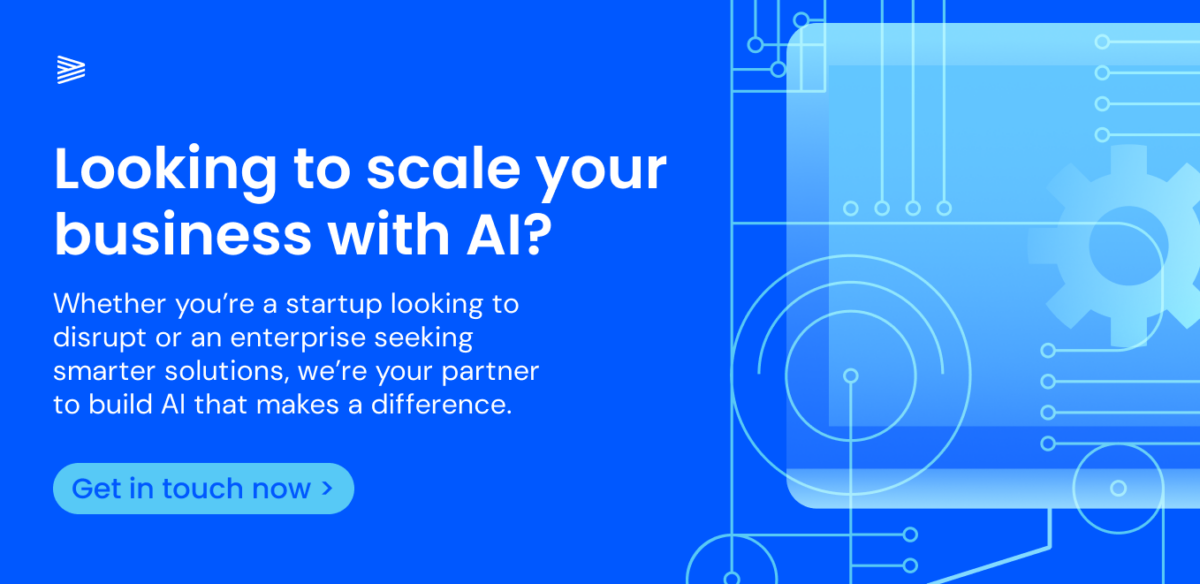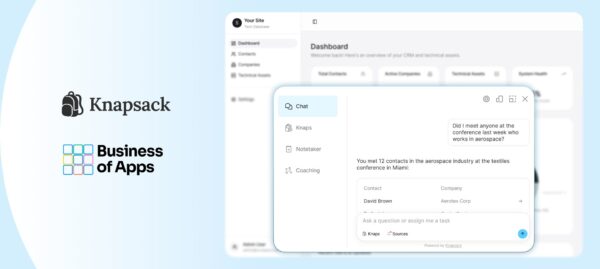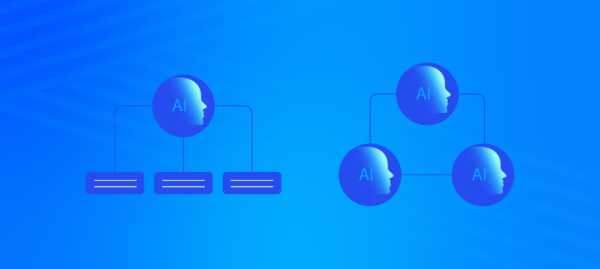The tech world is drowning in AI coding assistants and development tools, each promising to revolutionize how we build software. As a CTO who’s spent 15+ years leading development teams, I’ve seen countless tools fail to deliver on their promises – creating more distractions than solutions.
My approach is simple: Does the AI development tool make teams measurably more productive without sacrificing quality? Everything else is just noise.
After extensive testing across real software development projects, I’ve identified which AI development tools actually deliver tangible results.
No marketing fluff, no hypotheticals – just practical insights from the trenches of software engineering.
AI for Software Development: Reality vs. Hype
Most discussions about AI coding tools suffer from three fundamental issues:
- Hype-driven evaluations: Reviews focus on flashy features rather than actual workflow improvements
- Lack of real-world testing: Most assessments happen in contrived environments, not actual development work
- Misaligned expectations: People expect AI to replace developers rather than enhance their capabilities
The market is now flooded with options:
- GitHub Copilot/Copilot Agent: Widely adopted but with significant limitations in the project-wide context
- Amazon Q Developer/CodeWhisperer: Strong on security but limited in broader application
- Tabnine: Focused primarily on completion and assistance lacking multi-file workflows
- Specialized tools: Cursor, Replit, Lovable – each with distinct strengths and use cases
So which ones actually deliver results? Let’s cut through the noise.
Comparing 4 AI Software Development Tools
After extensive testing, here are the clear winners – each with specific strengths for different use cases.
AI Coding Tools Comparison Table
| Tool | Key Strengths | Best Use Cases | Limitations |
| Cursor | Enterprise-grade development assistant, multi-file context awareness, workflow optimization, style adaptation | Suitable for large and small projects, refactoring, debugging, and learning new frameworks | Requires initial project setup for optimal performance, not recommended to set projects from scratch |
| Replit | Integration powerhouse, rapid prototyping, seamless external service integration | Proof-of-concepts (POCs), quick app prototypes, API integrations | Not ideal for long-term, production-grade applications |
| Lovable | Design-first AI, high-quality UI/UX elements, strong visual prototyping capabilities | Early-stage UI/UX prototyping, stakeholder presentations, conceptual design exploration | Weak backend integration, not suited for large-scale product development |
| LLMs (Claude 3.7/o1/Grok) | Problem-solving and architectural decision support, reasoning partner for complex technical discussions | Architectural planning, algorithm selection, technical requirement analysis | Less effective for direct coding assistance, lacks full development workflow capabilities |
1. Cursor: Enterprise-Grade Development Assistant
What sets it apart: Cursor enhances your existing workflow rather than trying to replace it. It acts as a collaborative partner under your control, not an autopilot.

Key capabilities:
- Multi-file context awareness: Unlike most AI coding tools, Cursor understands your entire project context. It can work across multiple files simultaneously, grasping the relationships between components and maintaining a holistic view of your codebase. This enables it to make changes that respect the broader architecture and implement cross-cutting concerns seamlessly.
- Workflow optimization: What makes Cursor truly powerful is how it breaks down complex development tasks into logical steps. Rather than trying to solve everything at once, it follows a natural development workflow – understanding requirements, planning changes across files, implementing them sequentially, and verifying everything works together. This matches how experienced developers think.
- Comparison with GitHub Copilot Agent: In my direct testing, Cursor significantly outperforms Copilot Agent, especially with complex, multi-file changes. Where Copilot Agent struggles with project-wide context and often makes disconnected changes, Cursor maintains coherence across the entire codebase. This difference becomes especially apparent when refactoring functionality that spans multiple components.
- Style adaptation: Cursor quickly learns and maintains consistency with your coding style and patterns. Once it recognizes how you structure your code, it generates suggestions that seamlessly blend with your existing implementations.
Real-world results: 20-30% (at least) efficiency gains on routine tasks like:
- Generating boilerplate code
- Refactoring complex functions
- Debugging issues
- Converting specifications into implementations
Best use cases:
- Daily coding with complex requirements
- Refactoring tasks
- Debugging sessions
- Learning new frameworks/libraries
- Building scalable products
Setup note: For optimal results, Cursor benefits from the initial configuration. Creating Cursor project rules files tailored to your project significantly improves the quality and consistency of its suggestions. Codeguide.dev can come in very handy for creating the right project specifications and rules.
Key advantage: Cursor strikes the perfect balance by enhancing developer capabilities without removing their agency or understanding. It doesn’t generate entire applications; it accelerates and improves your existing development process while maintaining code quality.
2. Replit: Integration Powerhouse for Rapid Prototyping
Where it shines: Excels at seamlessly integrating external services into your project.

Key strengths:
- Integration capabilities: Need to add Stripe payments, authentication flows, OAuth, database connections, or third-party APIs? Replit excels at generating fully working implementations with connected services. It supports integrations with AWS services, Google Cloud, MongoDB, Firebase, payment processors, and numerous other platforms.
- Frontend and UI abilities: Contrary to what many assume, Replit handles frontend development quite competently. While not as design-focused as Lovable, it produces clean, functional interfaces that work well for prototyping.
- Ideal for POCs: Replit is outstanding for proof-of-concepts, landing pages, and simple applications that need to be functional quickly. I’ve seen teams reduce integration work from days to hours.
Limitations: Where Replit falls short is in building complex, production-grade applications meant to scale. It’s perfect for validating ideas and creating working prototypes, but for long-term, large-scale projects, Cursor provides better control and code quality.
Ideal use: Validating ideas and creating working prototypes quickly.
3. Lovable: Design-First AI Development
Design strengths: Consistently outperforms UI/UX quality with better visual hierarchy, spacing, and design details.

Considerations:
- Prompt refinement required: While Lovable creates superior designs, achieving the best results isn’t automatic. It requires iterative prompt refinement and clear direction. However, the final output justifies this additional effort when design quality matters.
- Integration weaknesses: Where Lovable falls short is connecting these designs to actual working code or services. The designs look great but often require significant rework to become functional.
- Similar scaling limitations: Like Replit, Lovable excels at POCs and simple applications but isn’t ideal for complex products meant to scale. It’s perfect for testing concepts and creating visual prototypes.
Optimal use case: Use Lovable early in the process when exploring design directions or creating mockups for stakeholder approval – then transition to other tools for implementation when building production-ready applications.
4. LLMs as Development Partners: Claude/o1/Grok
Problem-solving capabilities: Excel at complex architectural decisions, algorithm optimization, and understanding technical documentation.

Best applications:
- System architecture planning
- Algorithm selection and optimization
- Understanding complex technical requirements
- Evaluating different technical approaches
- Generating focused code snippets for specific problems
- Getting unstuck when debugging complex issues
Complementary approach: These models work best as reasoning partners for architects and developers. They excel at helping you think through complex problems and evaluate different approaches.
Code snippet generation: While not as powerful as dedicated coding tools like Cursor, these LLMs can efficiently generate smaller code snippets and solutions to targeted problems. If you don’t have access to specialized coding tools, they provide a decent alternative for simpler coding tasks. Cursor 3.7 and Grok really shine the spotlight on code-related questions and reasoning.
How to Successfully Integrate AI Coding Agents
Adding these tools requires a clear strategy, not blind adoption:

How I Evaluated These AI Dev Tools
My testing methodology focused on real-world applications:
- Production codebases with actual complexity
- Diverse languages and frameworks (JavaScript, Python, React, Flutter)
- Team implementation with mid-level and senior developers
- Measurable metrics tracking time and quality
When to Use Each AI-Assisted Coding
For production applications and scalable products:
- Choose Cursor for maintainable, quality code in long-term projects
- Its multi-file awareness and respect for architecture suit complex codebases
For POCs and rapid validation:
- Choose Replit for rapid prototyping and validation
- Perfect for quick demos, landing pages, and functional MVPs
For architectural decisions and problem-solving:
- Choose Claude, o1, or Grok for reasoning assistance
- They complement specialized development tools
The key is matching the tool to your specific context rather than following marketing hype.
Real-World Implementation: How We Apply These AI Dev Tools at Cheesecake Labs
At Cheesecake Labs, we’ve implemented these tools across a few client projects:
- Cursor for enterprise-grade development with 25-30% efficiency gains
- Replit for rapid prototyping and proof-of-concept work
- LLMs during the planning and architecture phases
This AI-augmented approach has become essential in our custom AI solutions practice, benefiting staff augmentation clients with established productivity-enhancing workflows.
Measurable Impact: Beyond the Hype
When implemented correctly, these tools deliver tangible benefits:
- 20-30% efficiency gains on routine tasks, at least
- Knowledge democratization for junior developers
- Focus shift from boilerplate to core business problems
- Reduced frustration with common roadblocks
The impact is real, but it requires the right tools applied in the right way.
Final Thoughts: The Future of AI in Development
The AI development landscape doesn’t have to be overwhelming. By focusing on practical results rather than marketing promises, you can identify the tools that deliver actual value.
The right approach isn’t about finding magical AI that replaces developers – it’s about enhancing capabilities with tools that solve real problems.
Start with Cursor for enterprise development, leverage Replit for rapid prototyping, use Lovable for design exploration, and tap into reasoning models for complex decisions.
This field evolves rapidly, but my approach remains constant: evaluate tools based on measurable productivity improvements in your specific context, not on promises or hype.
Next in this series, I’ll tackle another area where AI claims revolutionary potential: MVP development. We’ll separate genuine game-changers from empty buzzwords in early-stage product development.





